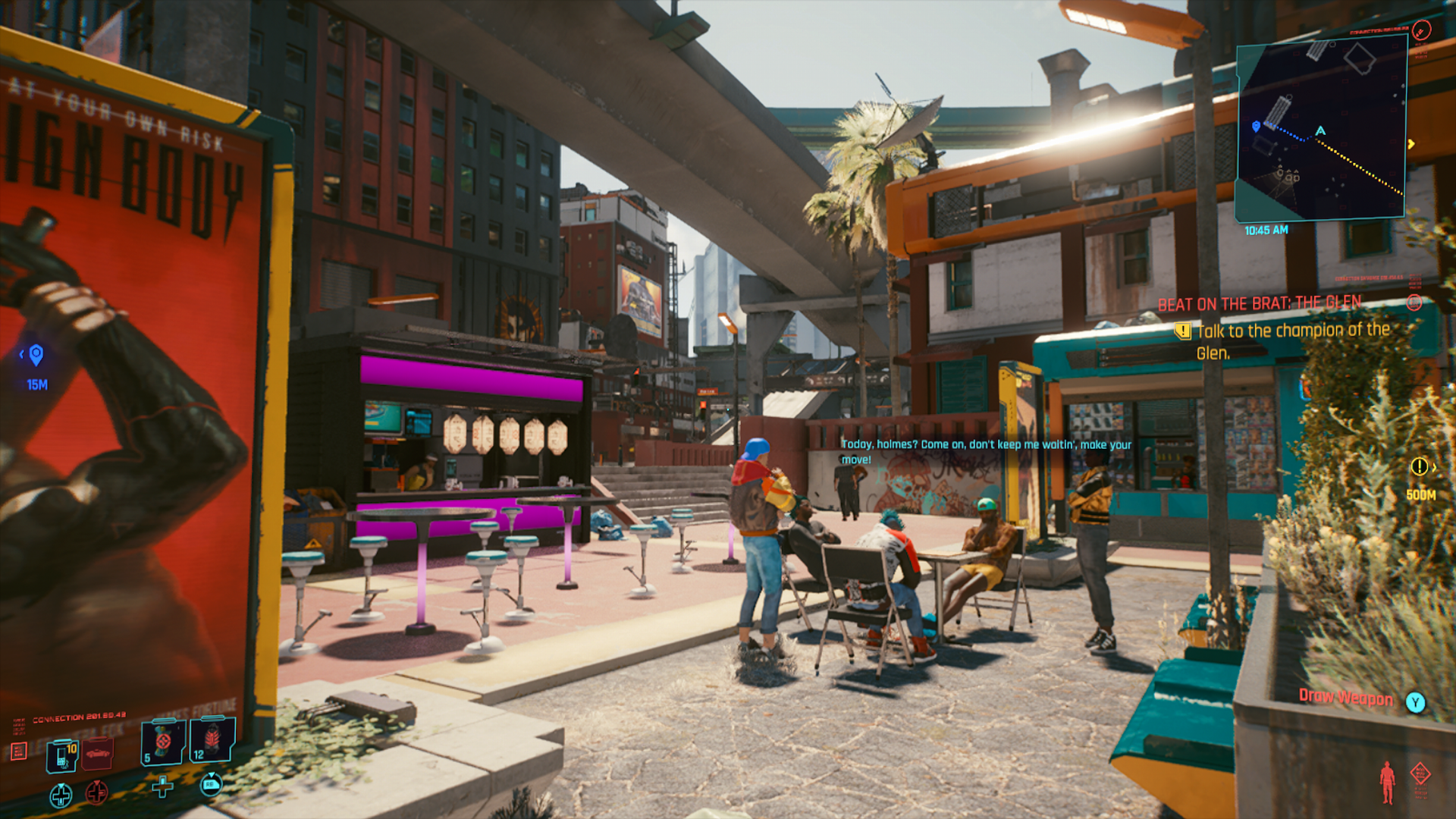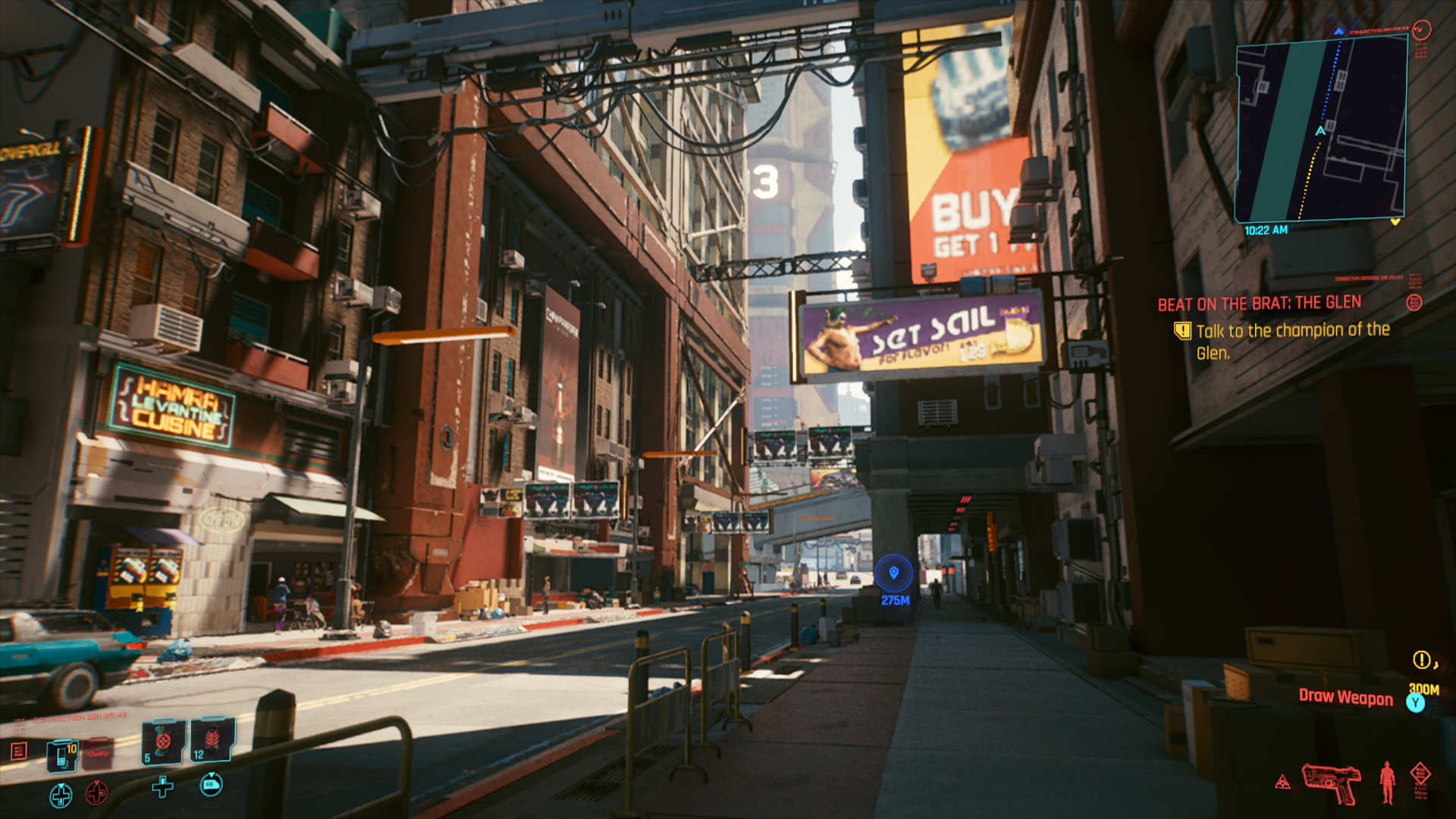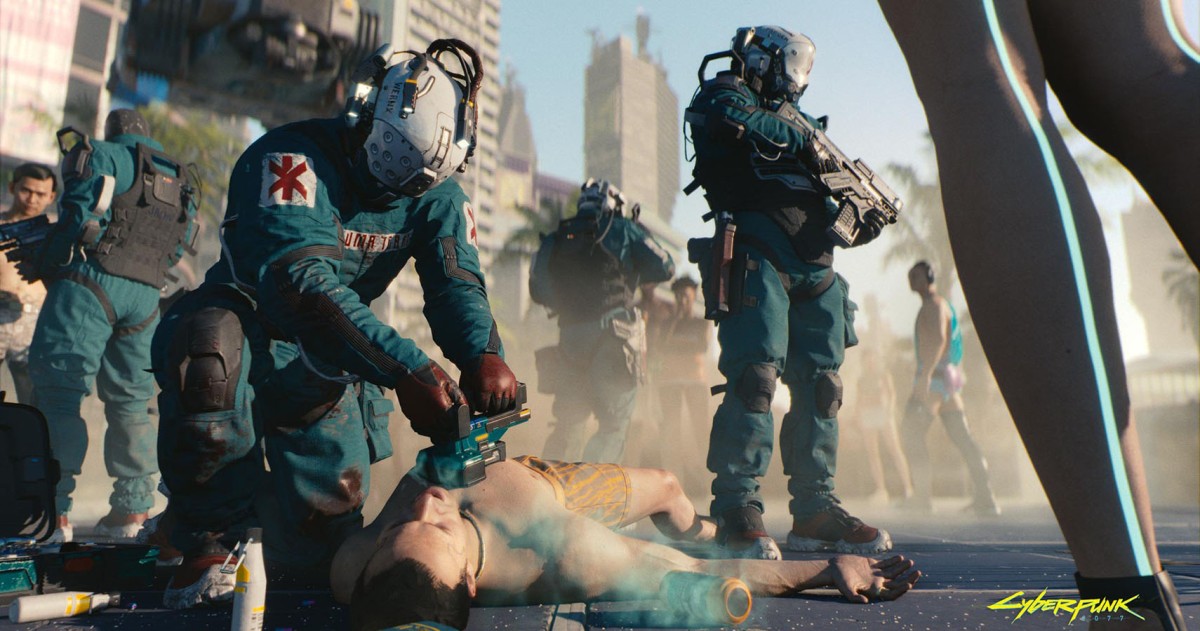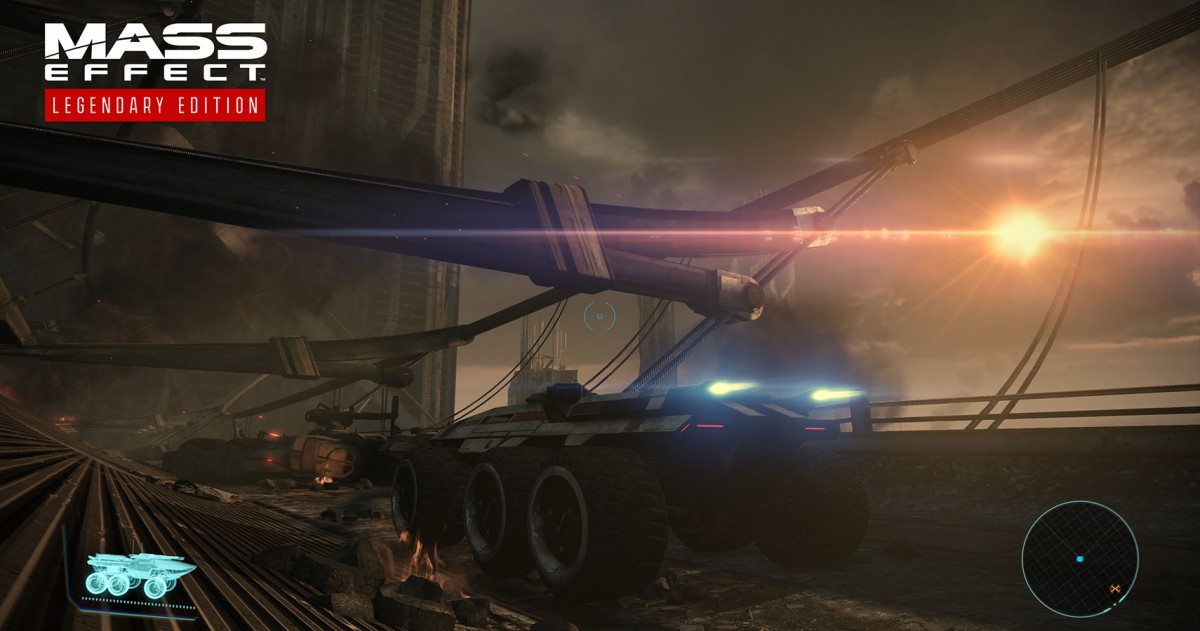TL;DR
Perhaps I should have said this review was delayed. I picked up Cyberpunk 2077 roughly a month ago for the low, low price of $35 from Walmart. It is still listed at that price as of this writing.
Because of that price, I decided to give the game a try and see what was going on. I also decided to do one review for the 1.1 patch and another for the 1.2 patch—the final major patch before CDPR starts working on regular patches and updates.
All reviews are inherently subjective; therefore, I’ve made minimal effort to make my reviews scientific in any way. That being said, I do have some criteria. The scale is 1-10. A rating of 1 means it’s completely broken; a rating of 5 means I think it’ll be dependent on your personal preference, but it’s not particularly remarkable one way or the other. A rating of 10 means it’s complete perfection. I’m playing on an Xbox One.
| Category | Rating |
|---|---|
| Controls | 2/10 |
| Graphics | 2/10 |
| Story | 8/10 |
| Combat | 5.5/10 |
| Economy | 5/10 |
| World Building | 5/10 |
| Score | 4.5/10 |
The bottom line: The game isn’t bad, particularly for $35. But you’ll need to be a fan of RPGs, lower your expectations to somewhere around Skyrim quality, and you’ll need to recognize that Cyberpunk was never meant to be played on console.
Controls – 2/10
Aside from the graphic quality, which is bad, the first thing you’ll notice is the controls. The default controls are truly awful. I can’t think of many games where I need to make adjustments to the controls. The default controls are usually good enough for me. If I do end up changing them, it’s for the purposes of fine-tuning. However, with Cyberpunk, adjusting the controls is a necessity. The default settings made everything feel both clunky and spongy. It was the strangest feeling that I’ve ever experienced with a game, one that’s difficult to describe, except to say that it was unpleasant. As it turns out, all of the controls were delayed by 3/10 of a second, as well as having a “ramp-up” effect that was set so high that you turned uncomfortably fast.
The end result is that the controls initially feel unresponsive, then your screen is moving so fast that you almost get motion sick. Throw in the low-quality graphics, and it makes for probably the worst introduction that I’ve ever had with a video game. To be honest, I wasn’t sure that I would be able to stomach playing it. That is until I dug into the settings. This is what I recommend:
- Control Settings: Turn off motion blur
- Response Curve: Sensitive
- Turning Delay: 0.10
- Turning bonus: 0.60 (it’s a little slow, but an improvement)
- Turning ramp-up: 0.10
- Horizontal Sensitivity: 10
- Depth-Of-Field: Off
- Lense Flare: Off
Adjusting all of those settings has made the game playable. Without those adjustments, however, I’m not sure that I would have made it past the prologue.
Similarly, you’re probably going to want to turn your ADS (Aim Down Sights) settings down as well—like, almost all the way down. It was at this point, as I was adjusting my ADS settings that I first realized that this game was never meant to be played on console. I’m not even sure that they considered console players when they made it. The controls are so sensitive that there is absolutely no way that a joystick can reach the level of control that you need to deal with the default settings.
I’ve experienced several instances where picking up an item was impossible because I couldn’t properly target its hitbox. It was as if the hitbox wasn’t where the object was, or it was too small, or non-existent. I’m not entirely sure what the issue is, but it happens enough that it’s noticeable. Luckily, I’ve only run across one situation where the object was particularly valuable—but that’s kind of the problem right? It feels like dumb luck that it only happened once.
It’s a moot point now, but driving cars felt more like piloting a boat. Once again, the controls were both overly sensitive and spongy. A normal movement in a regular game is a huge overcorrection in Cyberpunk. At the same time, it feels like your vehicle takes a half-a-beat to respond to you, so you’re tempted to put more into it but if you do, you’ll end up hitting something. The camera placement could use some adjustment in the third-person view as well, but that might be a personal preference. It’s too flat. I can’t see my front bumper, so I end up forcing the camera to pan upward to where I want it to be.
It is painfully obvious—to me, at least—that these controls were meant to respond to the most minute movements of a mouse, probably to reduce fatigue. Suffice it to say, it doesn’t translate to a joystick in the slightest. The adjustments that I made improved immensely, but there is still one glaring issue with the controls that I haven’t been able to address: combat.
We’ll get to that in a minute, but for now, just know that Cyberpunk 2077’s lack of aim assist is further evidence that this is a PC game that somehow ended up on console.
Graphics – 2/10
I remain unimpressed with the graphics. There are a lot of glitches and rendering issues, sure, but I have an issue with the art style itself. For whatever reason, it seems that CDPR decided that a “grainy” aesthetic was the most appropriate for the game. I can’t tell you how much it takes away from the visuals—and you can’t make it go away. There is a setting to, allegedly, turn off the grain effect, but doing so doesn’t seem to do anything.

When I picked up Cyberpunk, I was looking for something that would be polished and that would “wow” me in the way that Ghost of Tsushima did. I got the opposite. It was more of a, “why does this game look so bad?” It’s not that the art itself is lacking. It’s actually really unique and interesting. The problem is this weird grain finish that was applied to everything. You expect things to be reflective, but they aren’t. You expect to be able to see clearly across the city. It doesn’t feel like you can.
It feels like you’re playing in the middle of a sandstorm or something. Your eyes just don’t have anything to focus on. I can’t, for the life of me, understand why CDPR thought this was a good design choice. Perhaps it looks better on a 4k screen running at 120fps. I wouldn’t know, though, because it just looks like garbage on my equipment.
Story – 8/10
The story is fascinating, and it’s what’s kept me playing. I won’t give everything away, but the story presents a lot of deep philosophical questions that I wasn’t expecting to encounter. What does it mean to be you? Would you still be you if you were digitized? What kind of person would you want to be if you knew your time was limited?
Aside from that, though, there is content galore to be found in Cyberpunk 2077. Back when I contributed to The Gamer, I wrote a story about how the side quests are so in-depth that you can complete the game without following the main campaign. Similarly, it was reported that a developer had played more than 170 hours and still hadn’t completed it. That seemed extreme to me until I got my hands on it. There is so much damn content here that it’s worth buying just for the sake of the sheer amount of game that you get.
I’ll let you know if I ever get around to beating the campaign without actually playing the main storyline. The story is what shines with Cyberpunk, and it’s worth dealing with some of the issues just to see it.
I saw an article that claimed Cyberpunk would make a good movie. I have to agree with that assessment. In some ways, I think it would make a better movie than a video game.
For one thing, if Cyberpunk were a movie, you wouldn’t have to deal with hundreds of random calls from random characters—or overlapping dialogue and poor sound design.
Combat – 5.5/10
The combat in Cyberpunk is…okay. I like to think of myself as an experienced, nay, accomplished FPS player. I play every shooter on the hardest difficulty and can complete it—with the notable exception of Doom (I don’t understand that one). As such, I’m playing Cyberpunk on “Very Hard” difficulty. I expected that the combat aspect of it would be second nature and that my 20 years of training on various virtual battlefields would assist me here as they had everywhere else.
I was wrong. I’ve found it nearly impossible to play the way that I normally do. The aiming just requires more accuracy than my controller (I’m blaming the controller) will give me. I joke, but Cyberpunk really does demand a higher degree of accuracy than any other game I’ve played, and it does nothing to help you. There is an auto-lean mechanic that is nice for shooting from cover, but there is also more recoil “creep” than you’re probably used to as well. It’s like playing Mass Effect 1, but the aiming never gets better. As I’ve said before, this wouldn’t be an issue if I were using a mouse, but I’m not. Between the standard swaying of the crosshairs, flinching when getting shot, and the lack of granular control in my joystick, I’ve pretty much stopped trying to play Cyberpunk as a shooter.
The nice thing about Cyberpunk, though, is that you have about a million ways to kill enemies and get to your objective. I’ve adopted an assassin style of gameplay consisting of a lot of sneaking around, frying electronics, and using tech to my advantage. It also requires a lot of patience. Perhaps more than you are willing to deal with.
It is disappointing that the combat in Cyberpunk is so vastly different from other games like it, but I’ve found that, because I can’t play it as a shooter, there are a ton of ways to reach your objective. In other words, the variety makes up for it being a terrible shooter.
That being said, if the much-rumored multiplayer ever comes, this is going to be a much bigger problem than it is now.
Economy – 5/10
This will be quick and to the point. The economy in Cyberpunk is worthless. “Selling anything feels like a trip to GameStop. It’s just not worth it unless you aren’t in it for the money.” That’s the note that I wrote after trying to trade and sell dozens of guns.
It literally feels like GameStop. You’ll dump 6 decent guns and get maybe 2,000 Euro Dollars (the in-game currency) for them. Sounds alright, right? Then you try to buy a gun, and you find out it costs 2,500 Euro Dollars to buy the worst of the guns you just sold.
The good thing is, you’ll consistently find hundreds of Euro Dollars just kind of laying around.
Perhaps the developers are trying to make some commentary on the capitalist economic system or something. I’m not sure. What I do know is that whatever they were going for doesn’t make a lick of sense. Your typical method of making money—through trading gear and upgrading to better stuff—is an exercise in futility. It’s weirdly balanced out, though, because huge amounts of money are lying around—literally, in some cases.
World Building – 5/10
There is potential here. I don’t think that I’ve ever played a game that really makes me feel like I could get totally lost just trying to go from point A to point B—in a good way. Walking around Night City, you really feel like you’re in this vast metropolis that never ends. There are tons of alleyways, sidewalks, pedestrian bridges, ladders, doors, and quest givers to interact with. It’s almost overwhelming, and it shows where games can go.

However, as it exists now, the streets are empty. The city feels like a ghost town. On the one hand, you have the aesthetic of this mega-city full of millions of people. On the other hand, you’ll see fewer than a dozen cars driving on the streets, and perhaps a baker’s dozen pedestrians walking around. It’s a clash that causes some degree of cognitive-dissonance throughout the gameplay.
Increasing either the number of NPCs or the number and variety of vehicles could help out here. Now that I think about it, I have yet to really run into traffic that’s bad enough that I need to go slower than 80 mph.
The story really helps prop everything up, but the fact that the streets are empty can’t be escaped. It breaks the immersion.
Conclusion
Overall, I’m enjoying myself. I think that the game is going to continuously get better as time goes on. Because of the sheer amount of content present in Cyberpunk, I’m not worried about getting bored any time soon.
If I think of Cyberpunk as a game that came out in 2011, I’m reasonably happy with it. This isn’t at all what we were expecting before it was released. This was supposed to be the game that ushered next-gen graphics, content, and gameplay experience. It’s just not.
It is, however, completely worth spending $35 to experience. As I said, I fully expect it to get better as time goes on. If it were still selling for $60—or even $45—I would say it’s not worth it, but for the current price, I’d recommend it if you’re a fan of RPGs. You’ll just need to go into it knowing what you’re dealing with.


